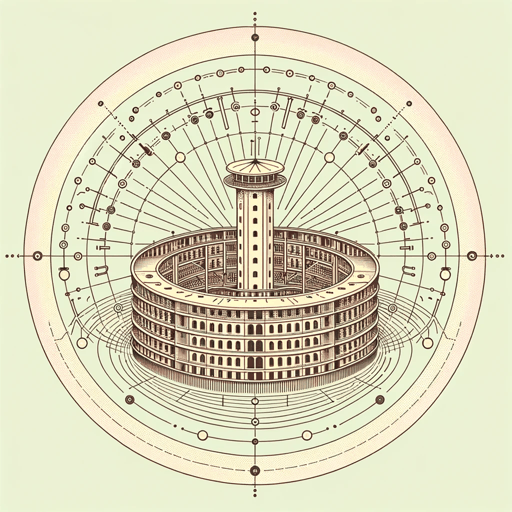46 pages • 1 hour read
Michel FoucaultThe History of Sexuality: Volume 1
Nonfiction | Book | Adult | Published in 1976A modern alternative to SparkNotes and CliffsNotes, SuperSummary offers high-quality Study Guides with detailed chapter summaries and analysis of major themes, characters, and more.
Part 3Chapter Summaries & Analyses
Part 3 Summary: “Scientia Sexualis”
Foucault now builds his argument on the bedrock that he has established in the previous chapters: As an ironic result of the development of sexual restriction, sexual discourse increased and ensured a sexual explosion (53). The philosopher criticizes the science and medical fields for their contributions to this sexual discourse. By speaking about sex from a clinical perspective, scientists and doctors were able to categorize sexualities as either normal or perverse. Although scientists emphasized their rationality, the work done on sex in the 19th century reflected cultural morality. The medical field secured its position as masters of the body, providing advice on hygiene and health while separating out those who did not align with societal norms. The medical field’s narrow understanding of “healthy” sex and sexuality was incongruent with the diversity of sex in animal and plant life. Foucault suggests that this clinical restriction of sex formed the basis for “racisms of the state,” referring to the genocidal wars of the 20th century (54).
During the 19th century, scientific discourse on sex was centered on the biology of reproduction and the treatment of sex. These were considered separate fields of study. Foucault argues that the findings of the 19th century were informed by societal attitudes and misgivings about sex.
Related Titles
By Michel Foucault




